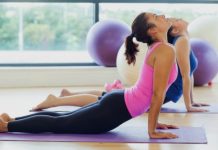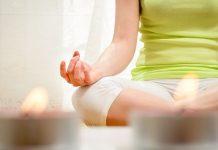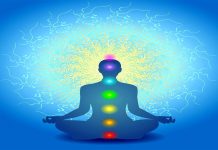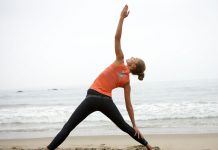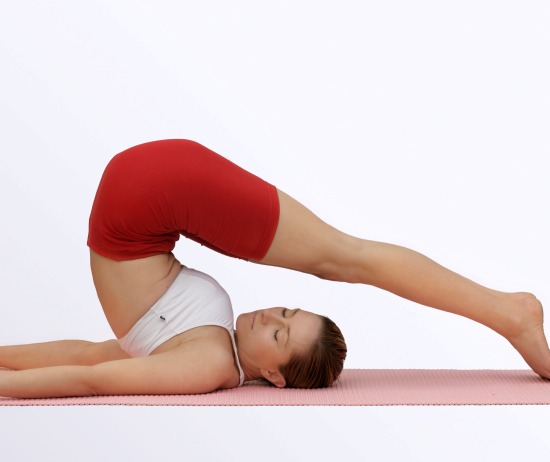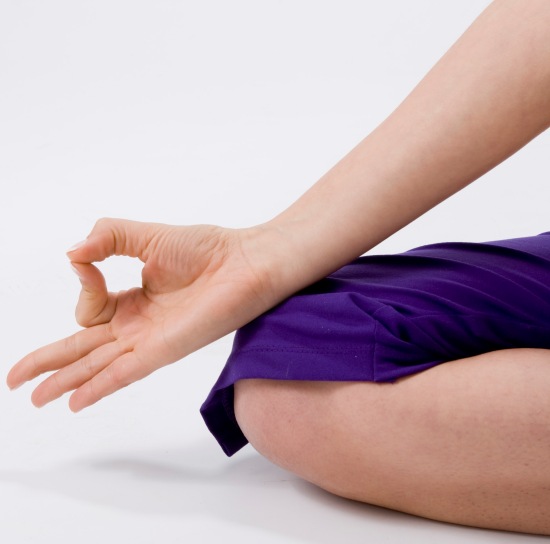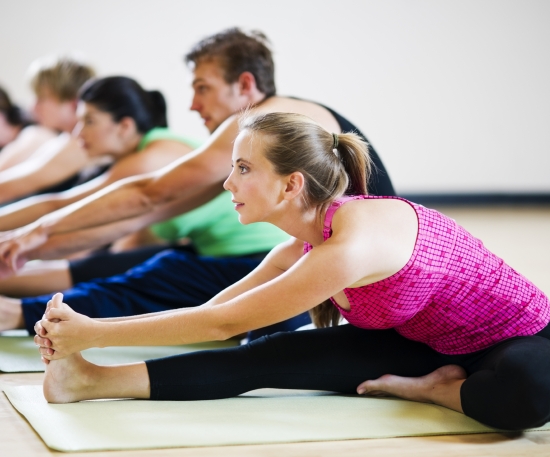Clinical depression is more than just feeling a little down. It involves continued feelings of sadness, despondency and a general lack of ambition. It can also be associated with trouble sleeping, anxiety and body aches and pains. It is a medical condition and not something you can just turn on or off.
The conventional medical treatment for depression is primarily prescription medication and counseling. However, research shows that yoga may also have profound benefits for those suffering with depression. One study by Sidney Medical School in Australia found that those who practiced yogic meditation had significant improvements in mood and anxiety.
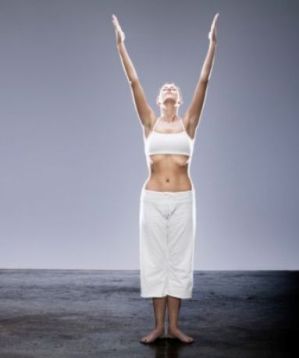 Another study published in the “International Journal of Yoga” showed that regular yoga practice could improve mood in as little as one week. Researchers have concluded that yoga is a safe and effective treatment method for stress and depression.
Another study published in the “International Journal of Yoga” showed that regular yoga practice could improve mood in as little as one week. Researchers have concluded that yoga is a safe and effective treatment method for stress and depression.
The following yoga exercises are designed to help relieve stress, and exercise the body and mind. Practice these on a regular basis as part of your treatment plan for depression. Although yoga for depression is a gentle form of exercise, it is important to check with your doctor before beginning this or any fitness program.
Ujjayi Pranayama – Ocean Breath
Ujjayi (pronounced “oojai”) is a yogic breathing technique used in both asana practice and meditation. It is designed to calm the mind and control the flow of breath. It is excellent for relieving stress and tension in the body.
Begin sitting upright in a comfortable cross-legged position. Relax your arms and shoulders and rest your hands in your lap. Close your eyes and begin to relax. Take a few deep breaths.
To perform ujjayi, slightly constrict the muscles in your throat the same way you do when you whisper. As you breathe, the air will make a soft hissing sound like the ocean. Exhale all the air, then inhale slowly for the count of six. Next, exhale the same way, slowly with control, for the count of 12. This is one breath. Perform at least 10 or 12 ujjayi breaths during which time you clear your mind and relax.
You can use ujjayi at the beginning of a yoga session, or anytime you feel anxious or depressed.
Tadasana – Mountain Pose
This simple stretch for the whole body helps open the heart chakra and invigorate the body. It is often included in yoga for depression routines such as sun salutation, or surya namaskar. This pose can also be used anytime you just need little “pick-me-up”.
Begin standing upright, with your feet together, arms at your sides. Inhale deeply, raising the arms overhead and bring your palms together. Hold this pose and continue to breathe deeply. Look forward, keep the shoulders back and the chest wide. Lift your chest off your waist, and your shoulders up away from the chest. Imagine your spine lengthening and your whole body filled with breath.
Exhale slowly, with control, and gently lower your hands back down to your sides. Repeat this exercise, moving with the breath, two or three more times.
Uttanasana – Standing Forward Bend
Standing forward bend is a whole body stretch designed to lengthen and tone the long muscles of the body, while at the same time relieving stress and anxiety.
Begin standing upright in Mountain Pose. Inhale and reach up overhead, lengthening the whole body. Exhale and reach for the floor, feet, ankles or as far as you can go. Allow the head, neck and shoulders to be completely relaxed. Try not to lock your knees, but keep the legs straight. Breathe deeply and just relax. Clear your mind and focus only on the sound of your breath. Physically let go of any stress or tension in the body.
To come back up to standing, gently roll up, one vertebra at a time as you inhale. Come back to Mountain Pose and repeat the exercise two or three more times.
Simhasana – Lion Pose
Lion Pose is the perfect pose to blow off a little steam. You literally exhale all your stress and worries. It is designed to help manage stress and ward off disease.
Begin sitting on the mat in a kneeling position. Place your hands on your knees and square your shoulders. Sit up tall and proud. Inhale deeply and look upward. Open your mouth wide, sticking out your tongue and exhale forcefully. You can even make a roaring sound like a lion. Repeat this pattern for up to 10 breaths.
Vipariti Karani – Legs-Up-The-Wall Pose
Legs-up-the-wall pose is a restorative pose designed to calm the mind and relieve stress and anxiety. It is very simple to execute, so feel free to stay in this pose for several minutes and just relax.
Place your mat length-wise up against a wall. Sit on the mat with your hips directly against the wall. Lie back on the mat and extend your legs, one at a time, up the length of the wall. Extend your arms out to your sides. Close your eyes. Breathe and relax. Try to clear your mind and just let go of any stress or tension in the body.
Savasana – Final Relaxation
It is important to end your yoga for depression in final relaxation. Lie on the floor with your legs open about hip-width apart and your arms at your sides. Close your eyes. Begin to breathe deeply, allowing your body to expand as you inhale and relax as you exhale. Spend several minutes in savasana, and try not to let your mind wander. Just focus on your breath and relax.
References
- “Evidence Based Complementary and Alternative Medicine“; A randomized, controlled trial of meditation for work stress, anxiety and depressed mood in full-time workers; R Manocha, et al.; June 2011.
- “International Journal of Yoga“; Effect of integrated yogic practices on positive and negative emotions in healthy adults; L Narasimham et al.; January 2011


